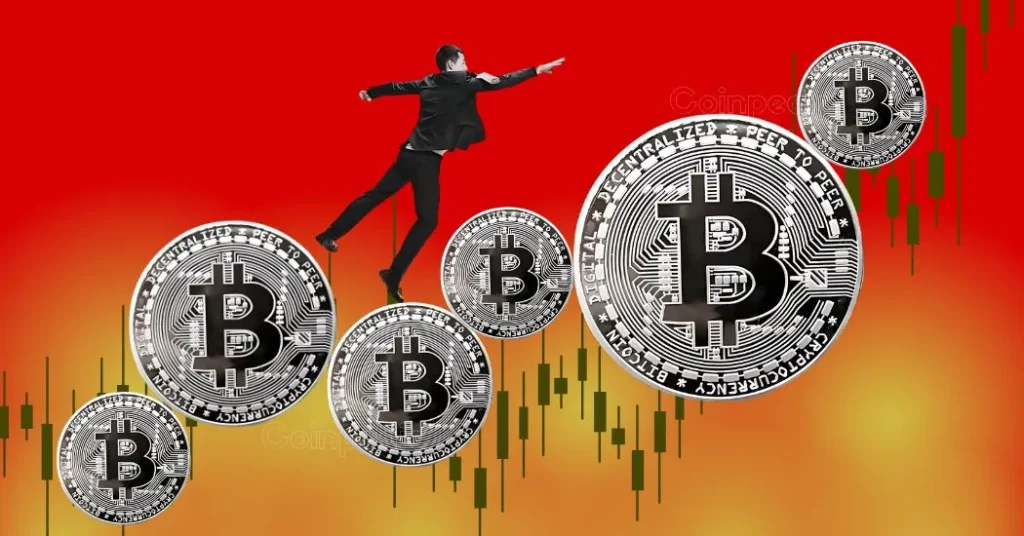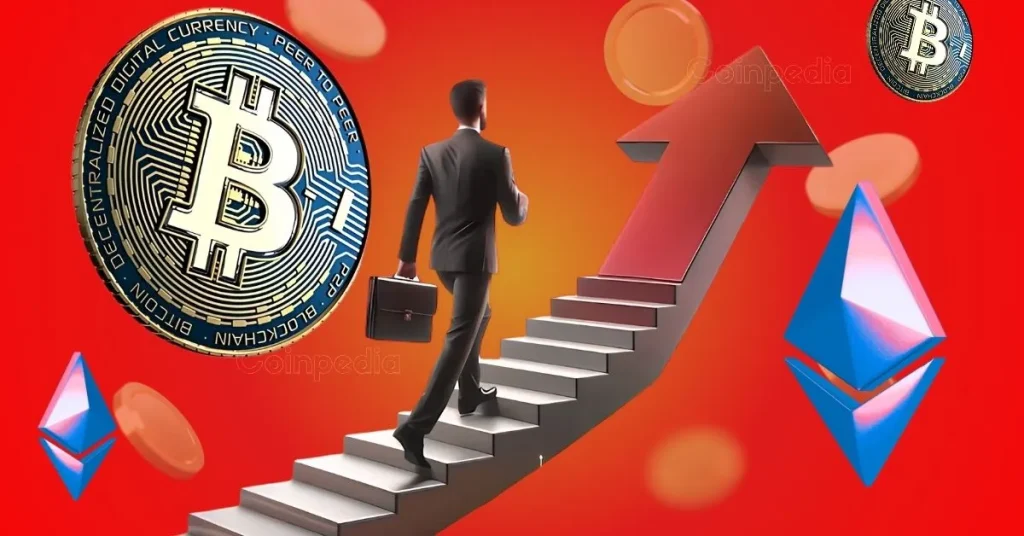
When PayPal announced plans to launch its own dollar-pegged stablecoin in August, it felt like an era-defining moment.
Stablecoin gets the seal of approval from Silicon Valley
Stablecoins were already a genuine success story in crypto assets, with a market capitalization of around $140 billion and thousands of daily users. Now along comes a company with the insight, network, and regulatory credibility to take stablecoins to a new level.
Currently, there are several large companies issuing USD-pegged stablecoins. Among them, Tether’s USDT and Circle’s USD Coin (USDC) dominate the market.
But PayPal stands out because of its size and longstanding legitimacy as a fintech giant.
Founded in 1998, PayPal helped popularize e-commerce and is one of the main reasons companies like eBay became famous. It was a fintech company even before fintech took off in the 2010s.
PayPal’s entry into stablecoins this year comes at a perfect time for an industry that has been affected by low crypto prices, regulatory crackdowns, FTX and other crises.
Silicon Valley has given its stamp of approval to a technology that many have deemed unreliable, difficult to use, and even pointless.
PayPal has 450 million customers. Available in 200 countries. And as a company, PayPal has deep experience in the payments space, with proven user-centric technology and legal compliance in all countries and regions where it is available.
With PYUSD, a stablecoin based on the Ethereum blockchain, PayPal has the opportunity to mainstream crypto technology to the masses and bring faster, more convenient internet-based payments to many people around the world. Ta.
The man behind the announcement is Jose Fernandez da Ponte, a bespectacled, unassuming Spanish-American man who immigrated to the United States 12 years ago.
In a recent interview with CoinDesk, da Ponte explained how PayPal came to get into stablecoins and shared his thoughts on how stablecoins will change the world of payments. Ta.
Da Ponte appeared relaxed in the interview, and seemed content with his life in California with his wife and three sons.
When asked if he reads the work of libertarian socialist philosopher Noam Chomsky, like Circle CEO Jeremy Allaire, Da Ponte said he was more of an egalitarian liberal philosopher. He replied that he was a fan of John Rawls and said, “I would like to read more novels, but I don’t have the time.”
Speed, cost and contract
PayPal was attracted to stablecoins because of their promise of superior cost, programmability and speed, Da Ponte said.
“I’m more of a payments person than a crypto asset person. When someone says you can move value 26 times cheaper than using a bank transfer, it bothers me. I thought, “I could go against the flow.” But if there’s technology that can make it 26 times cheaper, then there must be something there.”
Beyond cost, da Ponte said stablecoins can be settled in minutes, compared to the multi-day lag with bank transfers. Moreover, trading can do more than send money. Stablecoins can be programmed with smart contracts to complete business transactions (e.g., a company delivers goods as agreed) at the same time as payment.
No wonder PayPal has moved slowly. Following a series of crypto scandals in 2022, the industry is not necessarily well-received among policymakers and the general public, and is likely to face regulatory interference.
Since there is currently no specific law targeting stablecoins in the US, regulators have the power to independently determine whether companies like PayPal are playing within the rules. . PayPal revealed in November that it had received a subpoena from the U.S. Securities and Exchange Commission (SEC) requesting documents related to its stablecoin.
PayPal’s long-term game with PYUSD
The question now is whether policymakers will buy into PayPal’s idea. PayPal is trying to do with the public Ethereum blockchain what Facebook failed with its private Diem/Libra project.
Both projects are new to stablecoins. Will the US allow a company like PayPal to issue a stablecoin, given its aversion to Facebook issuing one?
Da Ponte does not hesitate to ask this question. PayPal is playing the long game, he said. He believes the regulatory environment will become clearer in 2024, and companies with strong compliance and fully backed reserves will ultimately emerge victorious.
Tether, the stablecoin market leader with a market capitalization of $90 billion, is headquartered overseas and has long been criticized for a lack of transparency in its accounting and reserve management.
“We think that for the long term, we need a strong regulatory structure. We need transparency in our reserves. We need strong on-ramps and off-ramps.”
“And you need very strong network effects. Some stablecoins never reach critical mass, while others follow an S-shaped adoption curve. I think there are some, but five years ago stablecoins didn’t exist. I think most are still undecided.”
“My hypothesis is that stablecoin assets will grow 10x over the next five years. We are still in the early days, so I don’t think anyone has a secure position or market share.”
Most of the innovations in fintech over the past 20 years have come in the form of better user interfaces and functionality, but the underlying bank-based infrastructure has remained largely unchanged, Da Ponte points out.
Stablecoins allow individuals and businesses to transfer value directly over the internet, bypassing traditional intermediaries. This is a breakthrough for a region that lacks strong infrastructure and costs and processing times are higher than in the US or Europe.
“Before I came to the United States, I worked in a lot of payments business in Latin America, so I am keenly aware of the difficulty of things that are taken for granted in Europe and America. I think we’re going to see adoption first in regions where there’s a lot of penetration. But I also think we’re going to see a lot of cross-border flows between the US and the EU and between those markets.”
Reasons for choosing public blockchain
According to Da Ponte, PayPal chose Ethereum because it is already used in other USD-pegged stablecoins such as USDC and USDT.
Ethereum has a healthy developer community, and regulators are used to monitoring flows on the network. But Da Ponte also sees potential in other blockchains.
“In the future we’ll see it rolled out in other protocols as well. I think Layer 1 and Layer 2 will be combined in the future. For us, the most determining factors are scale and throughput.”
Either way, PayPal is more committed to the idea of public blockchain infrastructure than the closed networks that currently power the world’s financial transactions.
“One of the reasons we wanted to use an open source protocol is because we don’t think the PayPal protocol should exist,” da Ponte said.
|Translation and editing: Akiko Yamaguchi, Takayuki Masuda
|Image: NFT image with Jose Fernández da Ponte motif (Mason Webb/CoinDesk)
|Original text: PayPal’s Jose Fernandez da Ponte: Stablecoins for All
The post Jose Fernández da Ponte, head of crypto assets at PayPal: Stablecoin for everyone[Most Influential People 2023]| CoinDesk JAPAN appeared first on Our Bitcoin News.

 1 year ago
101
1 year ago
101














 English (US) ·
English (US) ·